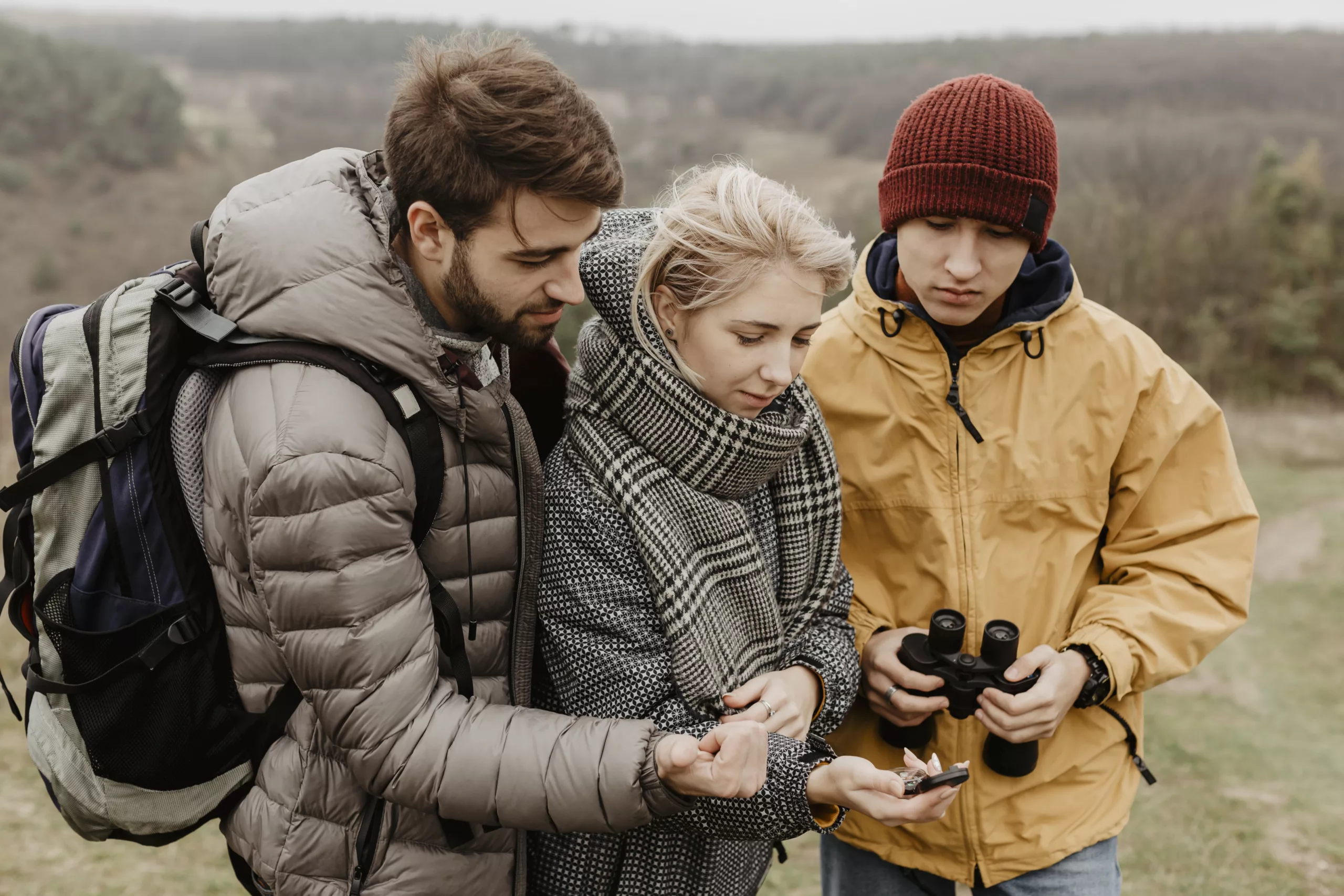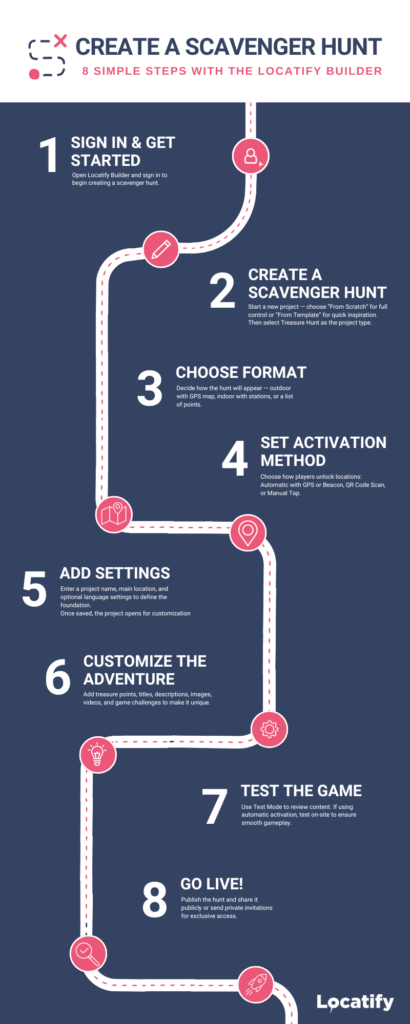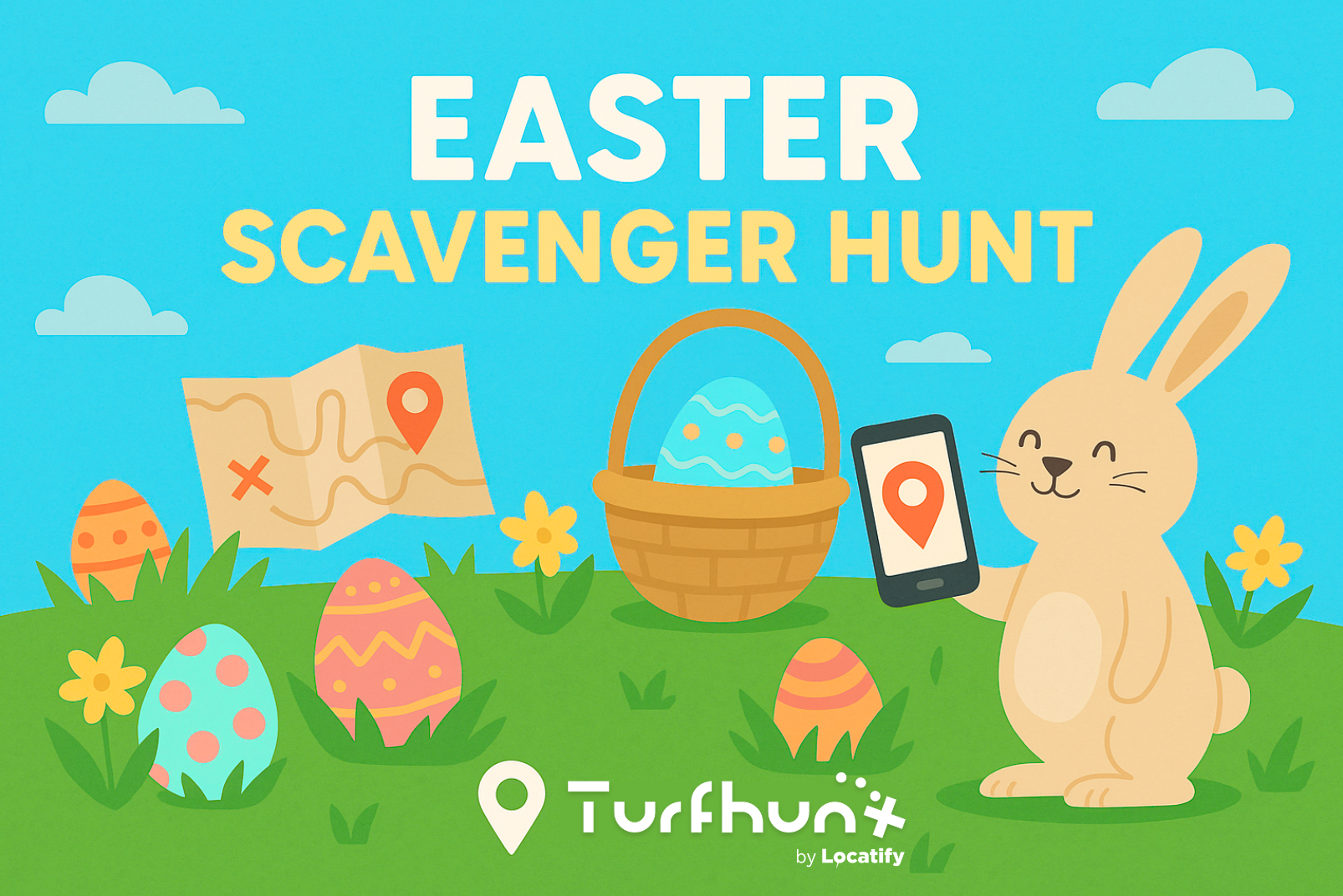The Complete Guide to Scavengers Apps
Once limited to birthday parties and summer camps, scavenger hunts have evolved into a powerful digital format used by educators, tourism professionals, event planners, and corporate trainers worldwide.
Behind this evolution stands a simple idea: technology can turn exploration into an interactive experience — one that blends movement, curiosity, and storytelling.
Today, scavenger hunt apps are transforming how we learn, travel, and connect. They’re helping schools gamify lessons, museums reinvent tours, and businesses strengthen teamwork through play.
This comprehensive guide covers nearly every question about scavenger hunt apps — what they are, how they work, how to create one, and how they’re used in education, tourism, and professional environments.
You’ll also find practical insights on designing outdoor and virtual hunts, writing fair clues, and developing creative ideas for adults, families, and students alike.
By the end, you’ll know exactly what makes a digital scavenger hunt successful — and how to build one that people will remember.

What Is a Scavenger Hunt App and How Does It Work?
A scavenger hunt app is a mobile platform that turns exploration into an interactive game. Instead of using printed lists or paper maps, participants use their phones to receive clues, complete challenges, and navigate between locations.
Each stage of the hunt is connected to a specific trigger — GPS coordinates, a QR code, or a Bluetooth beacon — that unlocks new instructions or puzzles once players arrive at the right spot. Organisers can include photos, videos, audio, and text to make each challenge engaging and easy to follow.
For players, this means a dynamic experience that mixes storytelling, curiosity, and teamwork. For organisers, it offers real-time monitoring, automatic scoring, and the ability to reuse or adapt content for future events.
If you’d like to see how such experiences work in practice, you can explore a digital scavenger hunt app developed by Locatify’s TurfHunt platform.
The Benefits of Digital Scavenger Hunts
Digital scavenger hunts are popular because they combine technology with human connection. They make people move, collaborate, and think creatively — whether in classrooms, museums, corporate events, or public festivals.
From an organiser’s perspective, they offer several advantages:
- Ease of setup: The entire hunt can be designed, updated, or duplicated in minutes.
- Scalability: From 10 participants to 1,000, the same app infrastructure supports it.
- Feedback and data: Built-in analytics show completion rates and performance trends.
- Sustainability: No printing, no lost sheets, and minimal environmental impact.
Unlike traditional games, a digital scavenger hunt app can host multiple versions of the same event and adapt instantly for different audiences — families, students, or professionals.
Designing Outdoor Scavenger Hunts That Engage Players
Outdoor scavenger hunts use physical spaces as part of the story. The route might lead through a historic quarter, a university campus, or a botanical garden — anywhere participants can safely walk and discover.
Good outdoor design depends on rhythm and clarity. Each location should feel distinct and have a clear task. A city mural might prompt a creative photo, while a garden bench could hide a riddle related to nature. Participants should always know their next move, even if the challenge is tricky.
GPS zones are ideal for triggering content automatically. Still, it’s essential to test the route beforehand to avoid weak signals or confusing directions.
For guidance on configuring geofences or beacons, see Locatify’s Video Tutorial: Create an Outdoor Treasure Hunt Game.
Running Virtual and Hybrid Scavenger Hunts
Scavenger hunts don’t have to happen on-site. Virtual scavenger hunts bring the same energy to online teams or classrooms.
Instead of GPS triggers, they rely on creative or time-based tasks: taking themed photos, answering quizzes, or sharing short videos. Because attention spans online are shorter, virtual hunts work best in compact formats — about 45 to 60 minutes — with a mix of individual and group challenges.
Hybrid hunts combine both worlds. Field participants complete location-based tasks while remote colleagues join through app-based missions and shared leaderboards. The result is a unified experience that connects teams across offices, cities, or even countries.
Team Scavenger Hunts for Business and Events
Businesses use team scavenger hunts to encourage cooperation and communication. These activities break routine, dissolve hierarchy, and let people solve problems together in a playful way.
Before designing a corporate scavenger hunt, define the goal. Do you want to onboard new employees, strengthen existing teams, or boost creativity? Once the goal is clear, build tasks around it:
- A puzzle that reveals company values
- A mission that requires collaboration between departments
- A trivia challenge about recent projects
Technology makes this easy to manage. The scavenger hunt app tracks progress, prevents duplication of answers, and automatically awards points.
The best corporate hunts balance competition with reflection. They’re not just about winning but about teamwork and shared achievement.
Scavenger Hunts in Education and Learning
In education, scavenger hunts bridge the gap between theory and practice.
Teachers use them to reinforce lessons through observation, problem-solving, and movement. Students, in turn, become active participants rather than passive listeners.
A classroom scavenger hunt can transform a lesson on ecosystems into a nature exploration activity. A museum can use one to help children interpret art or artefacts. A language teacher might ask learners to record spoken answers around campus.
Scavenger hunts also support differentiated learning: visual learners thrive on photo clues, auditory learners on sound-based tasks, and kinesthetic learners on physical exploration.
Educators interested in creating their own can refer to Locatify’s Step-by-Step Guide: Create a Treasure Hunt Game for templates and examples.
Creative Scavenger Hunt Ideas for Adults, Families and Students
Scavenger hunts can be as simple or as sophisticated as you like. The most memorable ones combine curiosity, creativity, and storytelling. Here are ways to adapt the format to different audiences.
Scavenger Hunt Ideas for Adults
Adults enjoy challenges that stimulate creativity and encourage collaboration.
For corporate groups, themed team scavenger hunts are especially effective. One scenario might involve solving clues across the city that connect to company milestones or product launches. Another could focus on soft skills like leadership and delegation — teams divide tasks, make quick decisions, and present creative outcomes.
For social groups or community events, design hunts that celebrate local culture: “Hidden History,” “Architecture Icons,” or “Coffee and Clues.”
Each task can involve observation (“find a building older than 1900”), interaction (“interview someone about this neighbourhood”), or creativity (“re-create a famous movie scene”).
Using a scavenger hunt app allows organisers to collect submissions, track time, and announce results instantly, making every event feel professional and dynamic.
Family and Group Scavenger Hunts
A family scavenger hunt is ideal for weekends, holidays, or museum visits. Routes should be short and engaging, mixing observation with playful tasks: spotting colours, counting shapes, or finding natural patterns.
Themes like “Nature Detectives,” “City Explorers,” or “Museum Mysteries” work across age groups.
Digital scavenger hunt apps simplify management by tracking points and photos automatically. This lets families focus on participation rather than rules. Many organisers rotate themes throughout the year, reusing the same route with new challenges each season.
Student and Classroom Scavenger Hunts
For students, scavenger hunts encourage independent thinking and collaboration.
In science, they can document phenomena such as erosion or biodiversity. In history, they might link artefacts to time periods. In literature, they could trace references across a campus.
Teachers can review answers, photos, or audio files afterward to assess understanding.
To enhance learning, each hunt should end with reflection: “What did you learn today that you hadn’t noticed before?” or “Which challenge made you think differently?” This ensures the activity delivers both engagement and educational value.

Treasure Hunts and How They Differ from Scavenger Hunts
Although often used interchangeably, treasure hunts and scavenger hunts have distinct designs.
A scavenger hunt gives players a list of items or tasks that can be completed in any order, promoting exploration and flexibility.
A treasure hunt, by contrast, follows a linear path of clues that lead to a final reward or discovery.
For museums and tourism projects, treasure hunts provide narrative depth — a beginning, middle, and end. For schools or team events, scavenger hunts offer freedom and variety.
Many modern apps, including Locatify’s tools, allow both structures, so organisers can mix storytelling with open-ended play.
How to Create a Scavenger Hunt App Experience Step by Step
Building a scavenger hunt experience through an app doesn’t require coding. It requires planning, testing, and creativity.
Here’s a streamlined process based on best practices:
- Define your purpose.
Clarify your aim: team bonding, education, tourism, or public engagement. - Choose your environment.
Visit locations, assess safety and accessibility, and map the route. - Write clear, concise tasks.
Combine factual questions, riddles, and creative prompts. - Add visuals and sound.
Short videos, background audio, or images can enhance atmosphere. - Test thoroughly.
Run a pilot with at least two people and refine instructions or GPS zones. - Launch confidently.
Share access codes, monitor live progress, and be ready to assist. - Reflect and improve.
Gather feedback and fine-tune your next version.
Organisers can find detailed tutorials on Locatify’s Step-by-Step Guide: Create a Treasure Hunt Game.
What Makes a Good Scavenger Hunt Clue
A good clue challenges but never frustrates. It should be solvable using logic, observation, or context.
Here are a few principles:
- Clarity first: Every clue must be understandable without inside knowledge.
- Variety matters: Alternate between riddles, visual prompts, and quick tasks.
- Context counts: Clues should connect meaningfully to the location or theme.
Apps make verification easier. GPS validation confirms arrival, QR codes confirm item discovery, and photo submissions capture creativity.
A fair balance of easy and difficult clues keeps all participants motivated and ensures steady momentum.
Ensuring Safety, Accessibility and Privacy
Safety and inclusion are central to any public activity.
Outdoor hunts should avoid busy roads or private spaces. Always include reminders about awareness and respectful behaviour.
Accessibility should be planned from the start: clear fonts, high contrast visuals, and alternative paths for participants with mobility limitations.
When collecting images or videos, organisers should obtain consent before publishing or sharing content. Schools and companies should align their hunts with existing privacy policies to protect participants’ rights.
Evaluating Success and Improving Future Hunts
After each scavenger hunt, take time to review results. The app’s analytics — completion rates, time per challenge, and feedback — provide valuable insight.
Ask key questions:
- Were any clues too confusing or too easy?
- Did the route flow smoothly?
- Were participants equally engaged from start to finish?
Small adjustments have big impact. Changing the order of tasks, simplifying instructions, or refining GPS zones can improve the experience dramatically.
The best organisers treat every hunt as a prototype that evolves over time.
The Future of Scavenger Hunt Apps
Scavenger hunt apps are evolving quickly. Emerging features include augmented reality, where digital elements overlay real environments, and AI-driven personalisation, where the app adapts clues based on player performance.
These innovations will make hunts more immersive and inclusive, bridging entertainment, tourism, and education.
In a world where screens often separate people, scavenger hunt apps do the opposite — they use technology to connect people with places and with each other.
From city tours to classroom lessons, they prove that exploration can still inspire, even in the digital age.
In Summary
A well-crafted scavenger hunt app combines design, storytelling, and curiosity. It invites discovery, sparks collaboration, and transforms familiar spaces into experiences of learning and play.
Whether you’re an educator, organiser, or business leader, the format offers a flexible, engaging way to bring people together — one clue at a time.



